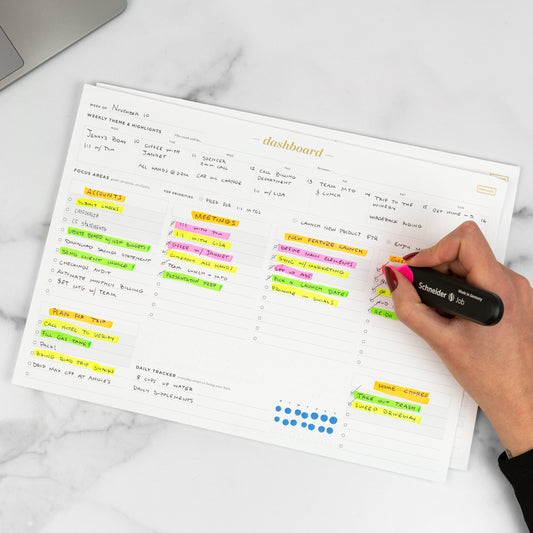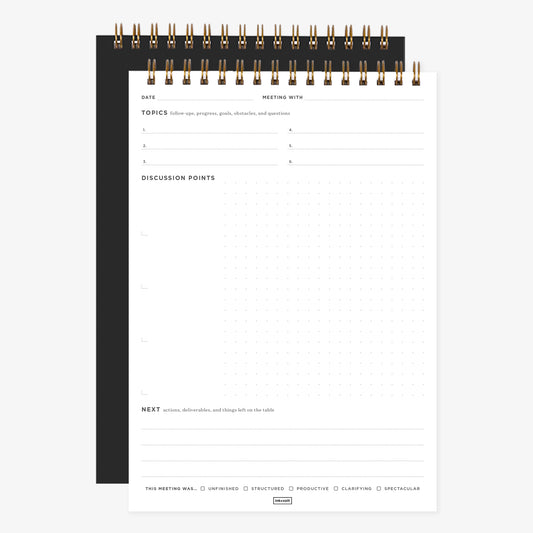Some people are really patient.
You see them and wonder to yourself “how are they managing to keep their cool in the face of something so frustrating, annoying, or confusing?” They must have been born that way, right!?
Not necessarily. But if you think you (or your friends and family) would not describe you as a patient person, keep reading!
Because fortunately, patience is a skill that gets easier with practice over time. That means, with a bit of extra effort anyone who wants to can become a more patient person.
And this is awesome because studies show numerous health and relationship benefits to being patient. Being more patient leads to:
- Higher levels of positive emotions, like hope
- Reduced levels of negative emotions, like depression
- More satisfaction with life
- More empathy and fairness towards others
- More forgiving and cooperative interactions with others
- Being able to put more effort towards your goals
- A cushion against toxic emotions and chronic stress
Despite the benefits of patience, it goes mostly unnoticed, unseen, and unrecognized for most of us in our daily lives. In fact, we almost never notice it unless we see someone being exceptionally patient in the face of a great challenge (like someone handling a long interaction with a distressed customer with grace and empathy).
There aren’t awards for displaying the most patience, or movies based on people who are exceptionally patient; it’s just a skill that doesn’t stand out in the same way as skills of persuasion or teamwork.
It’s a subtle, under the radar kind of skill that doesn’t get a lot of attention, but can make you and the people around you significantly happier.
And with that energy and mindset carrying you along, you’ll move closer towards your goals in the process. Whether it’s colleagues at work, children, a family member, a project setback, or your aging computer system, patience is applicable to daily life. Even your goals, the big and small, take patience and dedication — especially in the face of the unknown and those times when you question if you’re on the right track.
Patience is not…
Patience does not mean weakness, complete accommodation to others or their views, laziness, passivity, or laying back and accepting a wrong.
Some people may interpret or perceive patience that way though because it’s out of place and in direct conflict with many of today’s workplaces and workplace cultures where intensity and extremes tend to garner the most attention and accolades. Working in a very competitive environment may not seem to go hand in hand with being patient.
However, it doesn’t have to be that way. Debra R. Comer and Leslie E. Sekerka proposed this idea in a 2014 study. Patience can improve workplace organizations and performance, leading to customers that are satisfied with a quality product or employees that feel appreciated. Comer and Sekerka’s article concludes with a point that can be applied to many instances in life:
“Emerging global markets and ever-expanding technologies create demands for transformation and renewal that put a premium on the ability to remain calm while confronting inevitable obstacles to goal fulfillment. The search for innovative solutions requires practicing patience according to Aristotle’s centuries-old prescription for moderation – that is, tolerating some level of failure in order to ensure that a search is comprehensive but not futile (Baumann, 2010).”
Having the patience to work through challenges does not mean you’re giving up; rather it’s an opportunity to slow down. Those are the moments when you can find creative ways to solve a problem, identify weaknesses, or capitalize on overlooked strengths.
The known versus the unknown
Patience requires a hefty amount of self-regulation, which is psychologist Albert Bandura’s theory that a person can control their emotions, perceptions, and reactions by regulating their response to other people or things.
“When individuals regulate their emotions, they ‘influence which emotions they have, when they have them, and how they experience and express [them]” wrote J.J. Gross in Review of General Psychology. It’s this self-regulation and expression of emotion that makes patience so hard sometimes.
Sometimes, you know in advance that you’re going to be entering a sticky situation where feelings of impatience are inevitable or are already starting to come to the surface. To the extent that you can, try to avoid situations that you know will stress you or tax your patience.
Other times, a situation takes you off guard and really tests your ability to be patient, like a child’s sudden outburst or an unexpected delay. The suddenness of a situation is challenging to overcome, but it’s just that – momentary and fleeting. Try to remember that things have a way of working out even though we don’t know it in that moment and to simply deal with what is in front of you right now, and handle the rest at a later time.
3 types of patience and ways to practice it
Not surprisingly, there are different types of patience that come up at different times or situations in life. According to a study done by Sarah A. Schnitker in 2012, she defined and studied three types of patience:
1. Interpersonal patience is the kind you need when you’re confronted with someone who is upset, angry, or annoying, and it’s having the patience to face them without complaint. Think: customer service representative with an angry client.
Patience, among other things, is required when interacting with another person who is upset or frustrated. And because there are at least two people in any interpersonal interaction, you also need patience when you’re the one who is upset; it’ll help you more clearly articulate your ideas, argument, or feelings and keep calm.
2. Patience with life’s hardships is being able to face challenges without despair. Think failing a licensing exam, struggling to find a job, or waiting for a disease fighting treatment to work.
A significant setback in your life can be depressing and feel like it lasts for an eternity. But Schnitker’s term “courageous patience” describes those people that can draw upon their patience to avoid long term despair or frustration. Having patience with a situation is like being able to look on the bright side or find the silver lining. This is especially relevant in the pursuit of achieving a goal; encountering setbacks or doubt requires patience with yourself and the process.
3. Patience with daily hassles means being able to suppress restlessness or annoyance at signs of delay. Think traffic jams, long lines, or technology frustrations.
These are the little things that crop up frequently and often at what feels like the worst times. Many of us move fast and with urgency, but these truly are little delays and don’t deserve an explosive rant or angry mood.
Each of these 3 situations require patience and are made better with it. To help you practice for each, give the ideas below a try.
For interpersonal patience:
- Active listening and empathic listening display acceptance (not necessarily agreement) when confronted with someone who you need to have patience with. Inserting a question to clarify or summarizing the other person’s points, plus nonverbal cues like nodding your head or appropriate facial expressions, are ways to actively listen to the other person. Before getting irritated at the other person or dismissing what they’re saying, slow down and allow the other person some space to be heard. You might learn something by being more open and receptive.
- Stop and consider the consequences of your actions if you respond immediately or explosively fueled by emotion, not reason. Instead, depending on what the situation is, make time to address the issue or communicate that now’s not a good time to talk, but you want to discuss the matter when you’re able to focus and give them your full attention.
For patience with life’s hardships, look at the big picture and purposefully note the positives, takeaways, and lessons learned. Taking a step back and looking at things from a macro level gives you perspective. Talking to a trusted person in your life will have the same effect.
To practice patience with daily hassles or any of the three types of situations above, try to:
- Reframe or talk yourself out feeling impatient and in a hurry. Find the silver lining in the experience; that red light you just hit is an opportunity to slow down and breath for a minute. You won’t get to your destination any faster by getting mad.
- Take deep breaths to slow your heart rate and calm your mind.
- Distract yourself or use the unexpected time in a productive way that benefits you. Staring at the clock waiting for a line to move faster won’t actually make the line move faster; instead you could reply to emails, learn a new word for the day, or listen to your favorite podcast or song.
When you’ve lost your patience and can’t recover it quickly enough
It only takes a moment to get our emotions or feelings under control, but even a moment may be too long in some situations and that immediate reaction can create problems. Even the most patient people are bound to snap sometimes and react impatiently or angrily. In those moments, or soon after, what should you do?
- Apologize to the person you lost your patience with, and if appropriate, let them know that you didn’t handle the situation as you normally would have.
- Take a minute to compose yourself and cool down, physically stepping away from the situation before returning.
- Think about the next time a situation like this will arise and what you’ll do differently.
Don’t forget to be patient with yourself as you grow and learn over time. We hope these ideas help you become a more patient person on the path towards achieving your next goal!









